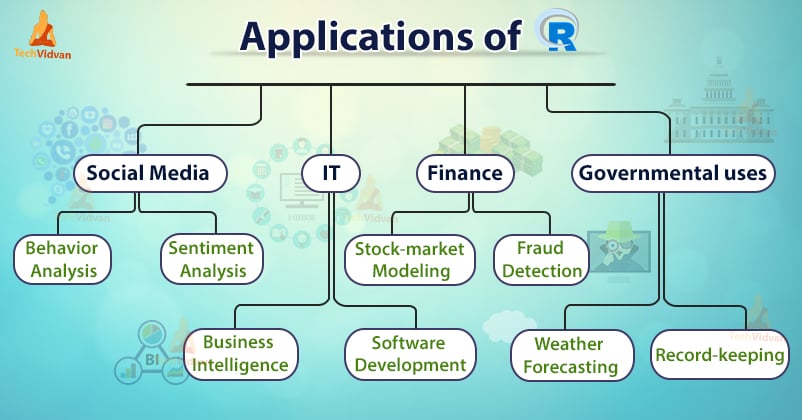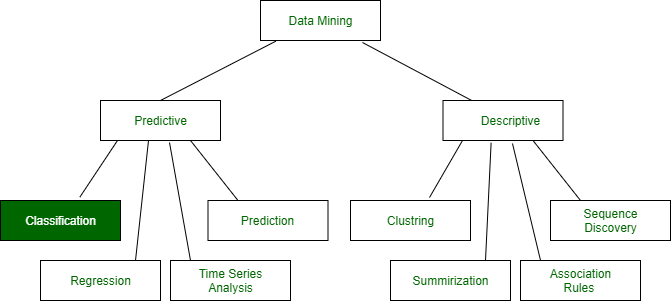

- #Classification of business intelligence applications how to
- #Classification of business intelligence applications full
- #Classification of business intelligence applications software
There are many compelling reasons behind this: improving performance, boosting sales, long-term customer relations, etc., ‒ all built through better customer experiences. Business owners have to make smart decisions regarding how they wish to see their marketing spend, as anything a consumer now wants is only a click away.īut why would you incorporate BI into your strategies? The value of business intelligenceĪs the growth of e-commerce continues to saturate the market, the importance of BI becomes even more apparent than ever.

Unlike business analytics, BI aims to deliver candid snapshots of the current state of affairs to managers without being complicated even for the non-technical end-users.

However, the distinction between business intelligence and business analytics actually, lies beyond the timeframe mentioned. In a nutshell, business analytics is mainly thought of as a sub-field of the broader field of data analytics, but only focusing on businesses. This means BA shows you what will happen in the near future, enabling you to fine-tune your approaches to get better results. While BI is descriptive, showing you what happened in the past to influence what’s happening now, business analytics is predictive. How are sales prospects? How many members of the organization have you gained or lost within the last month? This creates the borderline between business intelligence and another closely related term – business analytics. business analyticsīusiness intelligence is a descriptive aspect, telling you of what’s going on now and what factors that got us to this particular state in the past. BI tools are used to analyze such data and present it through summaries, reports, charts, graphs, dashboards, maps, etc., to help provide detailed information that can be used to make crucial company decisions.
#Classification of business intelligence applications software
However, this goes beyond just collecting data and includes data analysis procedures and other business processes.īusiness intelligence leverages certain services and software to transform data into actionable insights that strategically and tactically impact business decisions. Generally speaking, Business Intelligence (BI) is an information system that translates data into easy-to-understand analytical information.Ī broader definition of BI, according to the Gartner IT glossary, “Business Intelligence is an umbrella term that includes the applications, infrastructure, tools, and best practices that enable access to and analysis of information to improve and optimize decisions and performance.”Īccording to such explanations, it is clear that the main objective of BI is to identify the avenues that a business can profit from data. To achieve all these, organizations opt for business intelligence. Understanding the ‘how,’ ‘why,’ and ‘where’ has greatly influenced the growth of companies, mostly attributed to the explosive dawn of technological advancements and business data. While these goals might prove challenging to achieve, they are easily achievable by harnessing the power of analytics.
#Classification of business intelligence applications full
To identify their full potential, companies across most (if not all) sectors tend to drive towards innovation, effective decision-making, improving quality, and reducing overall costs.

#Classification of business intelligence applications how to
In this post, you will have a better understanding of what business intelligence is, its architecture, the benefits it has to businesses, and other tips on how to incorporate it successfully into your organization. Business intelligence enables you to get a comprehensive report of all the complicated questions you may have regarding your company operations and successfully tracking KPIs by getting notifications.Īs company executives continue to identify and learn new strategies to implement, it would be prudent to consider current best practices to enable their organization to succeed. But to remain relevant in their field, these company executives need to develop a way to understand and take full control of such information to derive the best value for their organization.įor a person looking to make data-driven decisions, other than relying solely on their gut, you might find it useful looking into the possibilities of business intelligence. The current era of big data catches many business owners by surprise, with overwhelming volumes of information. The business environment is currently depicted as a highly competitive one, and to survive, one must come up with ingenious tactics to remain relevant.


 0 kommentar(er)
0 kommentar(er)
